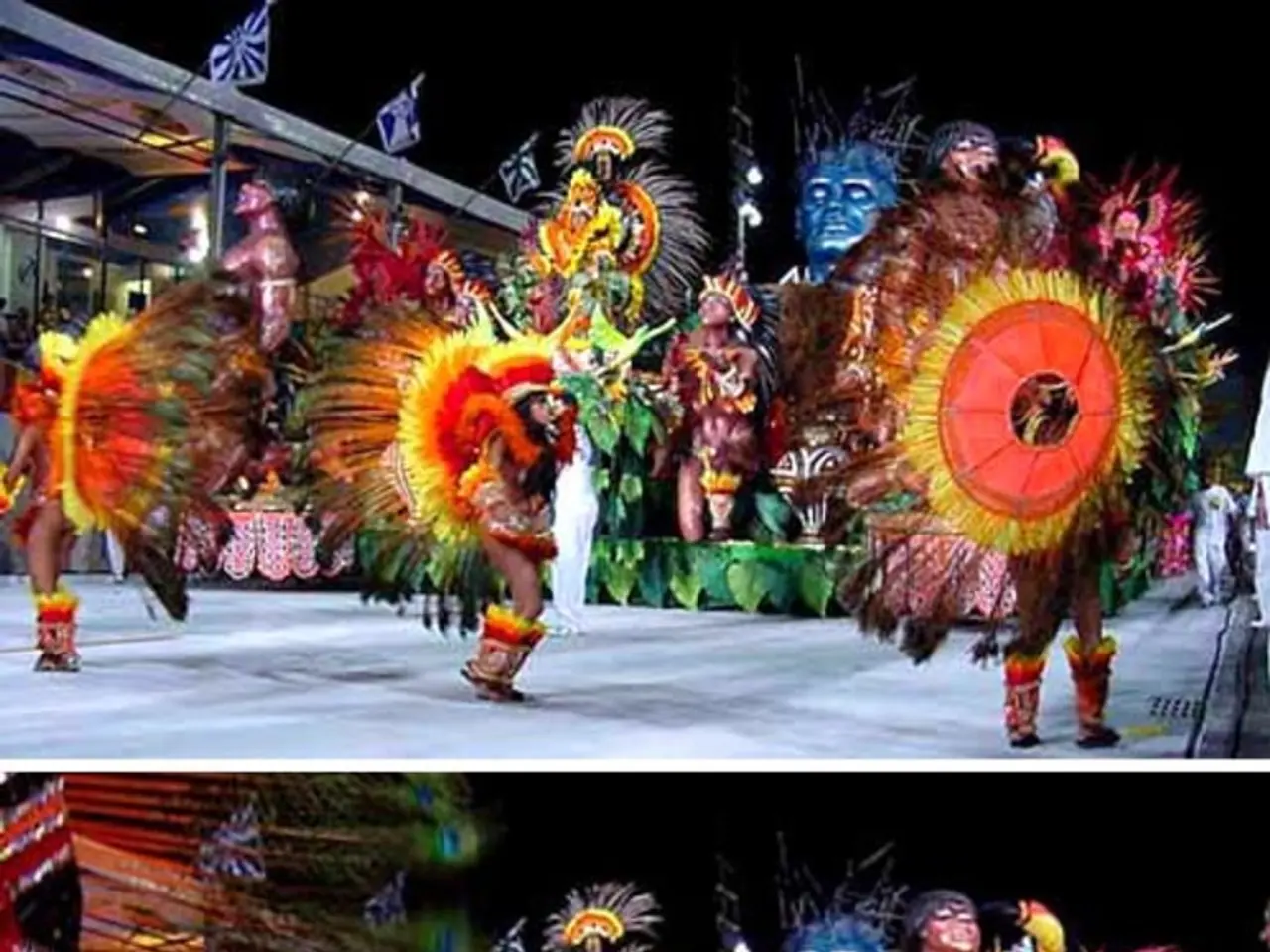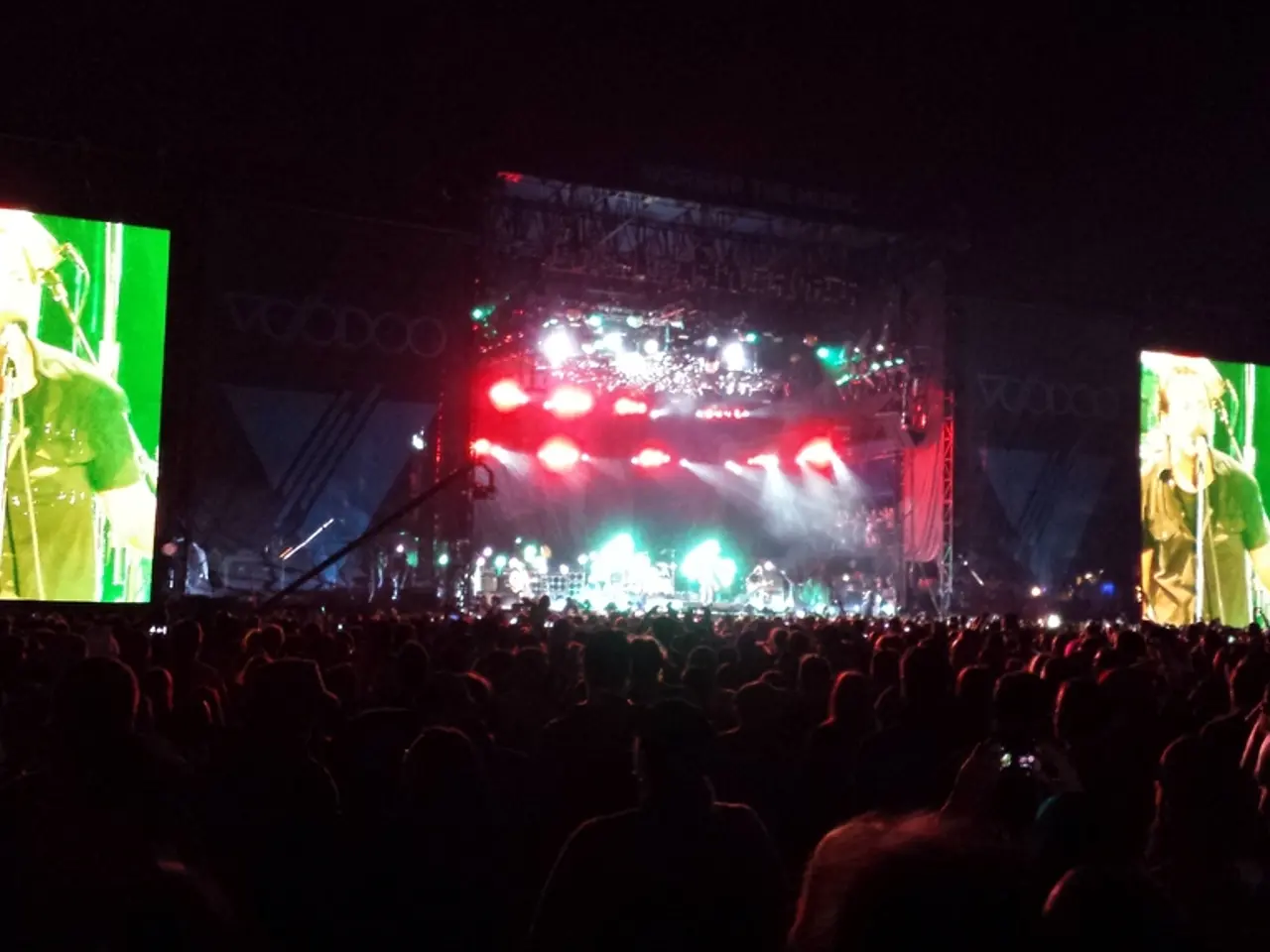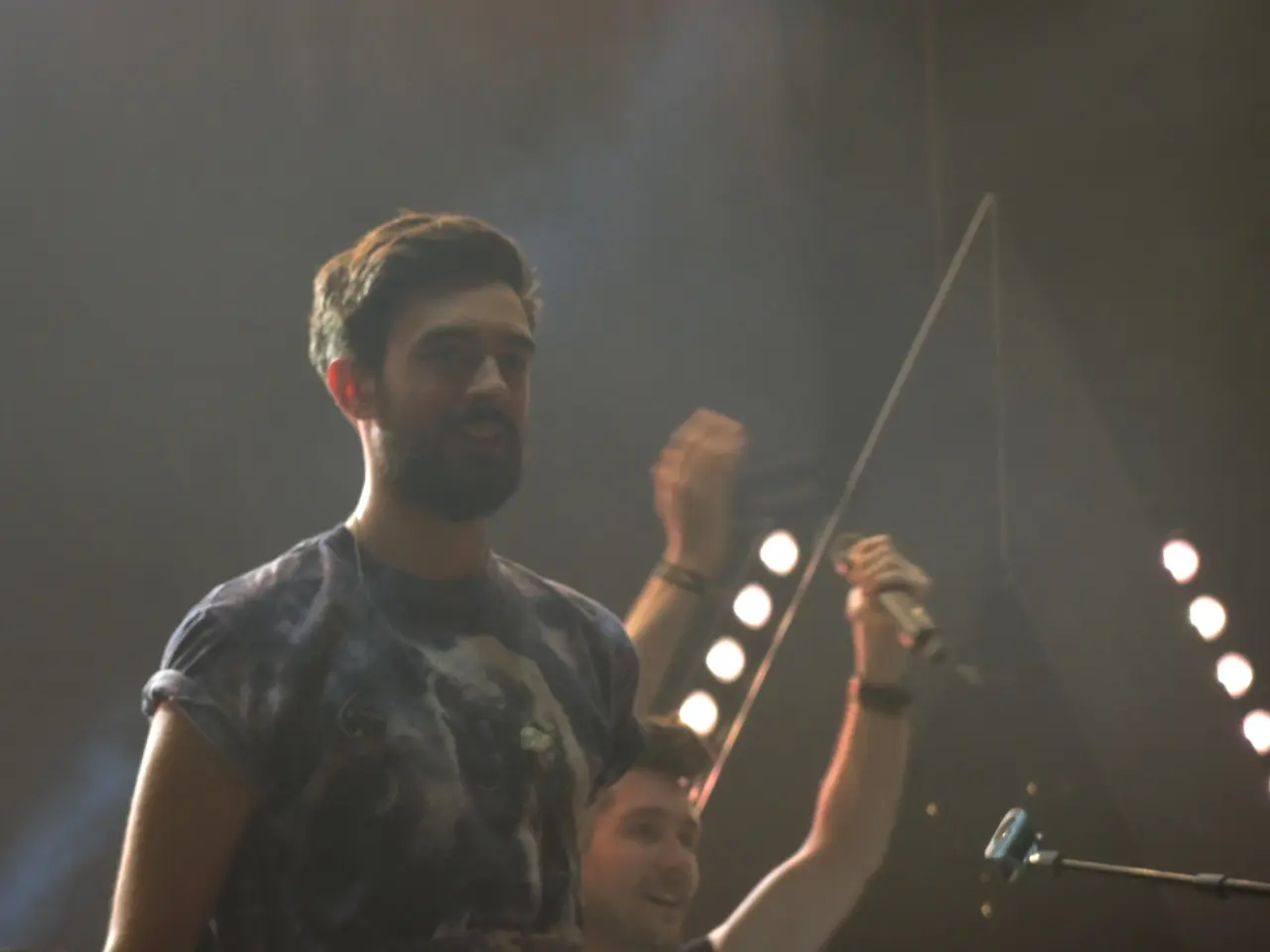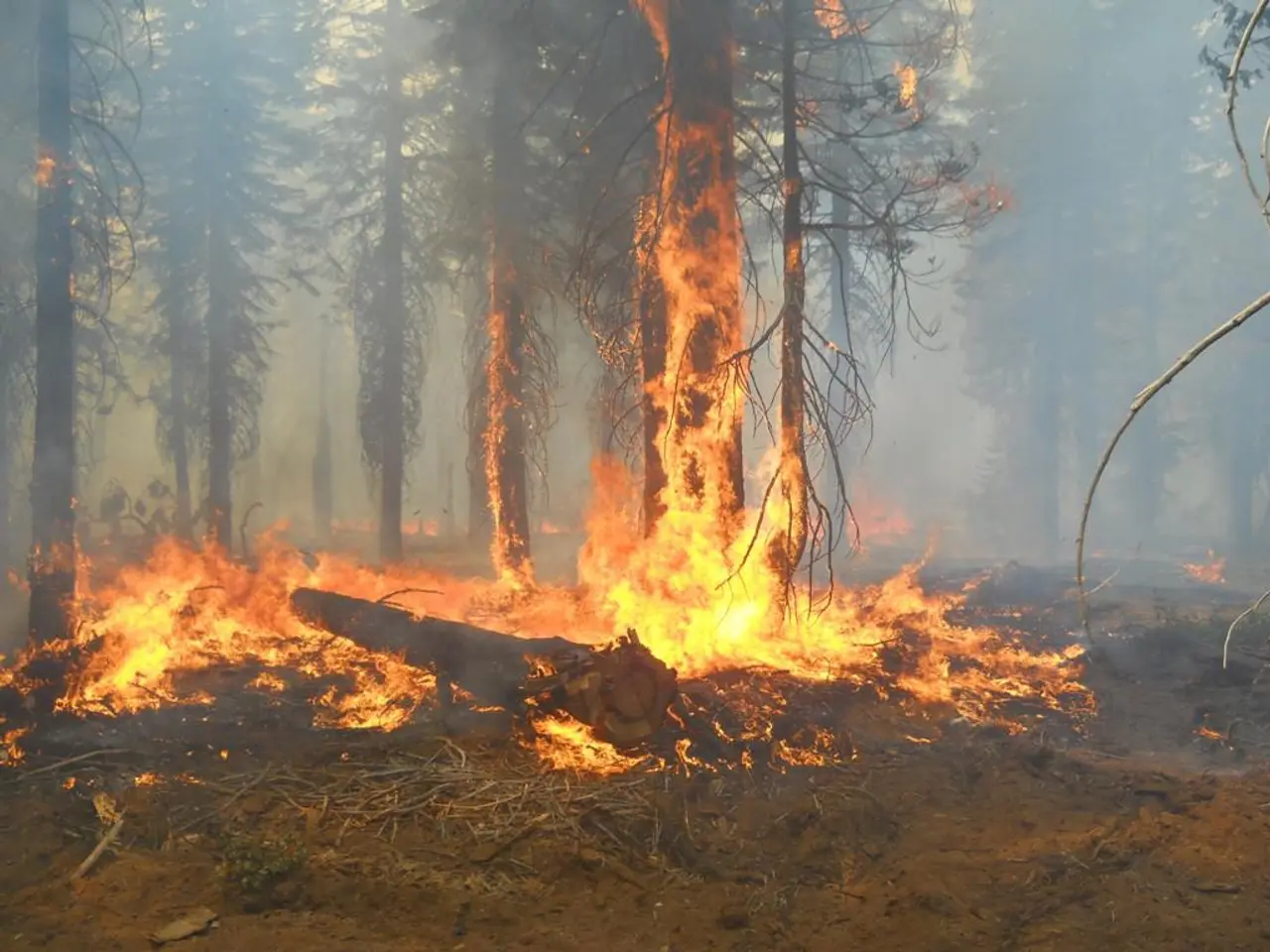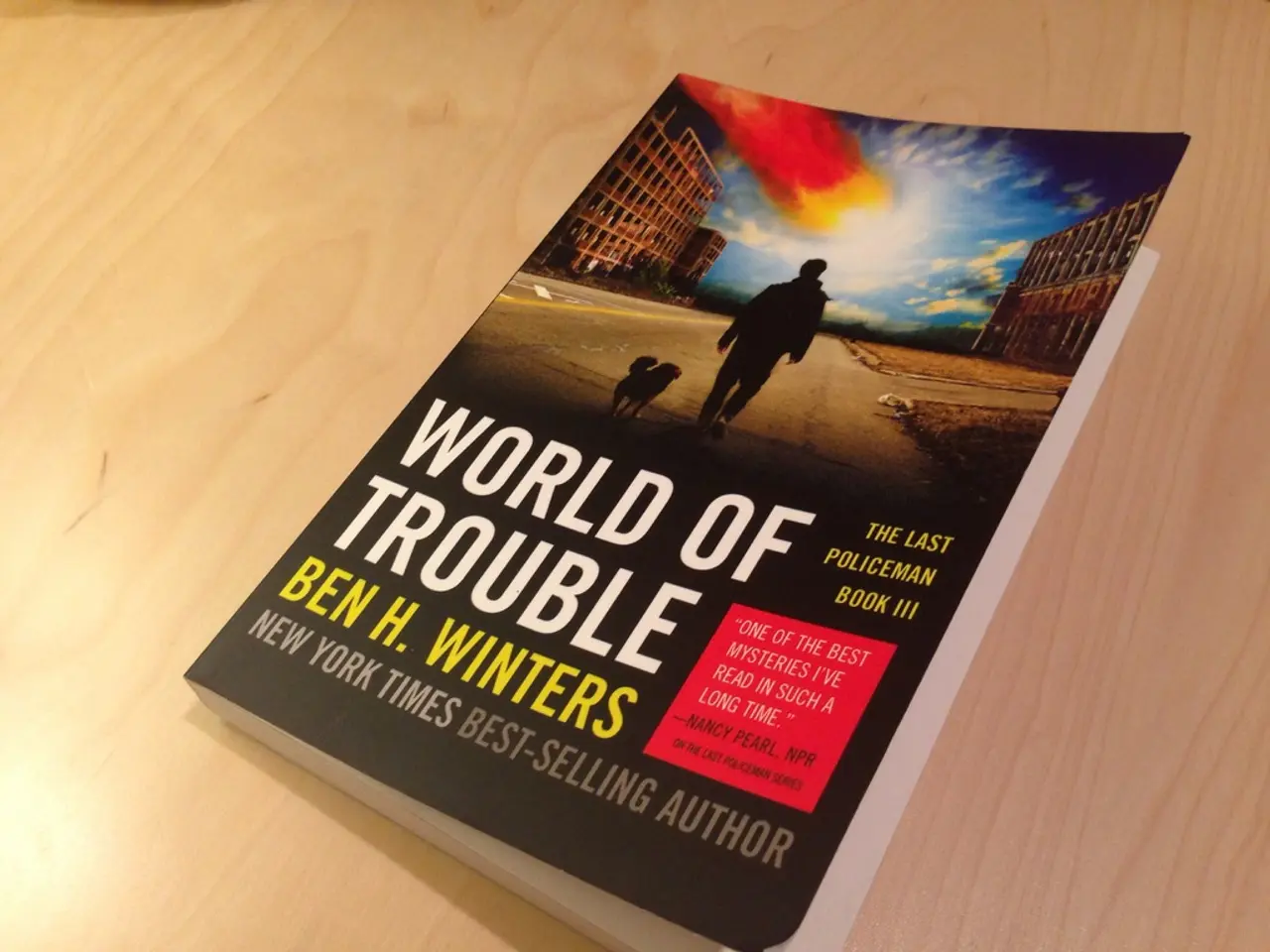Lessons Gained from a Horror Production Seminar attended by Four Industry Professionals
======================================================================
In the world of filmmaking, creating a successful horror or thriller film requires a blend of creativity, strategy, and a deep understanding of what resonates with audiences. Industry veterans shared their top tips during a 4-week screenwriting seminar, shedding light on the principles that have proven effective in the genre.
Tapping into Primal Fear
To create an emotional connection with a broad audience, it is essential to evoke a deep, instinctual fear. Horror should target primal fears, while thrillers tend to focus on intellectual or psychological fears. The communal experience of watching a horror film in a theater can enhance this fear, creating a memorable experience.
Crafting a Tight Logline
A well-crafted logline is crucial for a successful horror or thriller film. It should be short, usually one sentence, and emphasize the central conflict or "engine" of the story. The logline should tease mystery and intrigue without over-explaining, prompting curiosity and excitement for follow-up questions rather than confusion.
Leaving Room for Mystery
A good horror or thriller concept should hint at dangers or evils without revealing everything upfront. This approach encourages suspense and engagement, keeping the audience guessing and invested in the story.
Outlining Thoroughly
Having a clear roadmap from the start is essential for maintaining tension and direction. Outlining thoroughly can help achieve clarity of vision and structure, ensuring that the narrative remains focused and engaging.
Designing Limitations Creatively
Maximizing suspense while managing budget constraints can be achieved by designing limitations creatively. This might involve focusing on unseen threats or using sound to build tension.
Building Suspense through Pacing and Shot Composition
Pacing and shot composition play a significant role in building suspense. Holding shots longer can intensify tension and encourage audience anticipation, heightening the horror or thriller experience.
Using Proof-of-Concept Shorts
Proof-of-concept shorts can be an effective way to pitch ideas to potential investors. These short films should have an immediate hook and emotional punch, even in a short format, demonstrating the director's ability to create suspense and engage the audience.
Aligning Concepts with Market Trends
It is important to balance originality with market viability. Horror and thriller genres tend to have better conversion from shorts to features, so it is crucial to align the concept with current market trends and audience expectations.
Focusing on Emotional and Story Clarity
Emotional and story clarity should be prioritized over complex setups. A central conflict with relatable stakes, such as protecting loved ones from evil forces, can heighten engagement and make the narrative more accessible to a wider audience.
Finding a Story Template or Archetype
Finding a story template or archetype can provide a structural framework for a narrative in horror and thriller writing. This approach can help ensure that the narrative remains engaging and follows a familiar, yet original, path.
Practical Applications
Rick Bosner, producer of The Manor and Paint, demonstrated the effectiveness of these principles in his work. He created a short film of the opening sequence of his feature screenplay Devoted to show investors his ability to direct horror. The film, starring Mena Suvari, Skeet Ulrich, Elizabeth Marvel, Nick Stahl, and Lin Shaye, is set to be released in the next year.
In addition, Jeffrey Reddick, creator of the Final Destination franchise, wrote and directed a short film, Good Samaritan, to prove his directing skills for a studio project. This short film spawned a successful independent feature film, Don't Look Back.
Industry experts also emphasized the importance of having a well-designed pitch deck. Rick Bosner hired an artist to design his pitch deck for around $1,000 to make it stand out.
The "Story Maps Horror & Thriller Seminar" is a 4-week course for screenwriters to develop original concepts for films and TV series in popular genres. Daniel Calvisi, co-writer of the award-winning Horror short, The Lost Camp, served as a consultant on Devoted.
In conclusion, mastering horror and thriller filmmaking requires a combination of creativity, strategy, and a deep understanding of what resonates with audiences. By following the principles shared by industry veterans, aspiring filmmakers can create engaging, suspenseful, and successful horror and thriller films.
[1] Conradt, C., Reddick, J., & Wilson, S. S. (2021). Top tips for developing a successful horror or thriller film concept. Retrieved from [link]
[2] Bosner, R. (2021). Building buzz on a project and demonstrating directing skills to potential investors. Retrieved from [link]
[3] Calvisi, D. (2021). Aligning your concept with market trends and audience expectations. Retrieved from [link]
- In the world of filmmaking, a successful horror or thriller requires a blend of creativity, strategy, and an understanding of what resonates with audiences.
- To evoke a deep emotional connection, horror should target primal fears, while thrillers focus on intellectual or psychological fears.
- A well-crafted logline, short and emphasizing the central conflict, is crucial for a successful horror or thriller film.
- A good concept should hint at dangers without revealing everything, creating suspense and engagement.
- Thorough outlining can help achieve clarity of vision and structure, ensuring narrative focus and engagement.
- Maximizing suspense while managing budget constraints can be achieved by designing limitations creatively.
- Pacing and shot composition play a significant role in building suspense, with longer holds intensifying tension.
- Proof-of-concept shorts can demonstrate a director's ability to create suspense and engage the audience, making them effective for pitching ideas to potential investors.
- Balancing originality with market viability is important to align concepts with current market trends and audience expectations, as horror and thriller genres tend to have better conversion from shorts to features.


